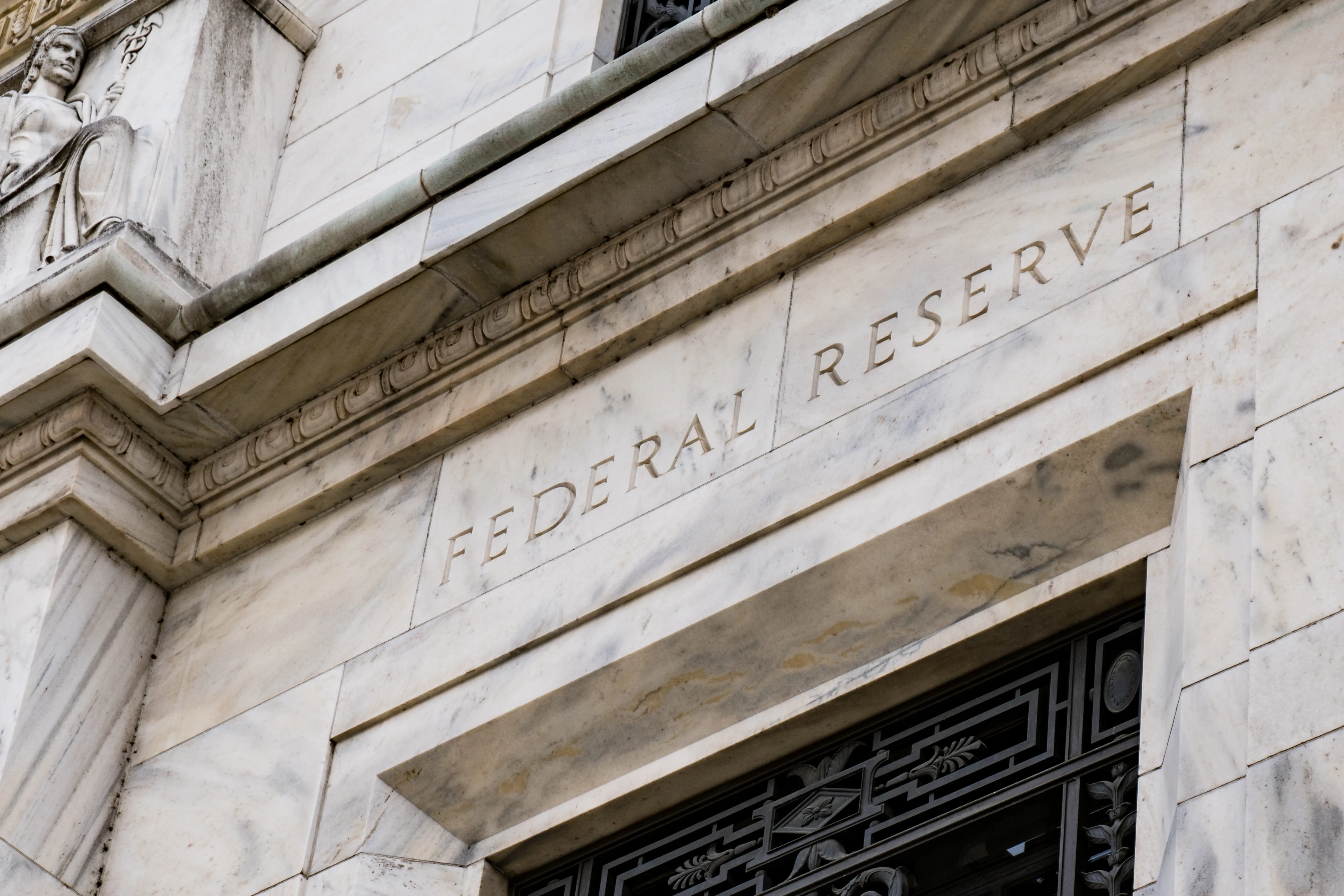
Markets may be largely ignoring skyrocketing debt now, but anaysts warn of 'dire' consequences
(The Center Square) – The U.S. national debt is $26.7 trillion and, according to the Congressional Budget Office, the federal budget deficit is approaching $4 trillion.
Current projections put the national debt at $45 trillion in 2024, reaching $78 trillion by 2028.
“It seems reasonable to wonder if debt and deficits matter anymore,” William Cohan writes at Vanity Fair, in an article entitled, “Why isn’t Wall Street freaking out over exploding debt and deficits?”
Apparently, debt and deficits don’t matter in the same way they did before, several analysts note.
“At this stage, I think, nobody is very worried about debt,” Olivier Blanchard, a senior fellow at the Peterson Institute for International Economics, told the New York Times. “It’s clear that we can probably go where we are going, which is debt ratios above 100 percent in many countries. And that’s not the end of the world.”
“Instead of panicking,” the New York Times notes that Wall Street is “viewing this seemingly bottomless need for borrowing benignly. The interest rate on the 10-year Treasury note – also known as its yield – is roughly 0.7 percent, far below where it was a little over a year ago, when it was about 2 percent.”
The U.S. is among the most indebted countries in the world. According to the U.S. National Debt Clock, the total debt to GDP ratio is 153.53 percent.
According to the Bank of International Settlements, “When government debt exceeds 85 percent of GDP, economic growth slows.” The BIS is owned by 62 central banks from countries around the world that collectively represent 95 percent of total global GDP.
It argues that when a country’s federal debt rises beyond the 85 percent benchmark, it will be less likely to handle an unexpected crisis.
“Federal budget deficits in the U.S. have never been larger than they are now in absolute terms, although as a percentage of GDP they have been much larger, especially during World War II,” Mike Patton, a senior contributor at Forbes, explains.
Federal funding in response to coronavirus shutdowns prevented “a much worse recession or possibly even a depression,” Patton says. “Even though borrowing excessively may have been the lesser of two evils, the burgeoning debt will have ramifications in the future.”
Cohen argues that, “America is at a crossroad. If the national debt rises as projected [$45 trillion in 2024 and $78 trillion in 2028], Americans will feel the pain as labor markets tighten, the gap between the top 10 percent and the bottom 50 percent widens, and social unrest grows.”
But fiscal constraints “aren’t nearly what economists thought they were,” Daniel Ivascyn, chief investment officer for PIMCO, told the New York Times. “When you have a central bank essentially funding these deficits, you can take debt levels to higher debt levels than people envisioned.”
The level of debt to GDP ratio over 100 percent might be relatively new to the U.S. “but it’s something Japan blew past in the mid 1990s and debt to GDP in Japan now stands at over 200 percent,” Simon Moore a senior contributor at Forbes notes.
“The current direction of U.S. debt, if sustained, does not inspire long-term confidence, and the rating agencies and financial markets are starting to take notice,” Moore adds. “For now, this U.S. debt is not a concern, but should it ever become one, the consequences would be dire. The U.S. is edging a little closer to that scenario.”

















